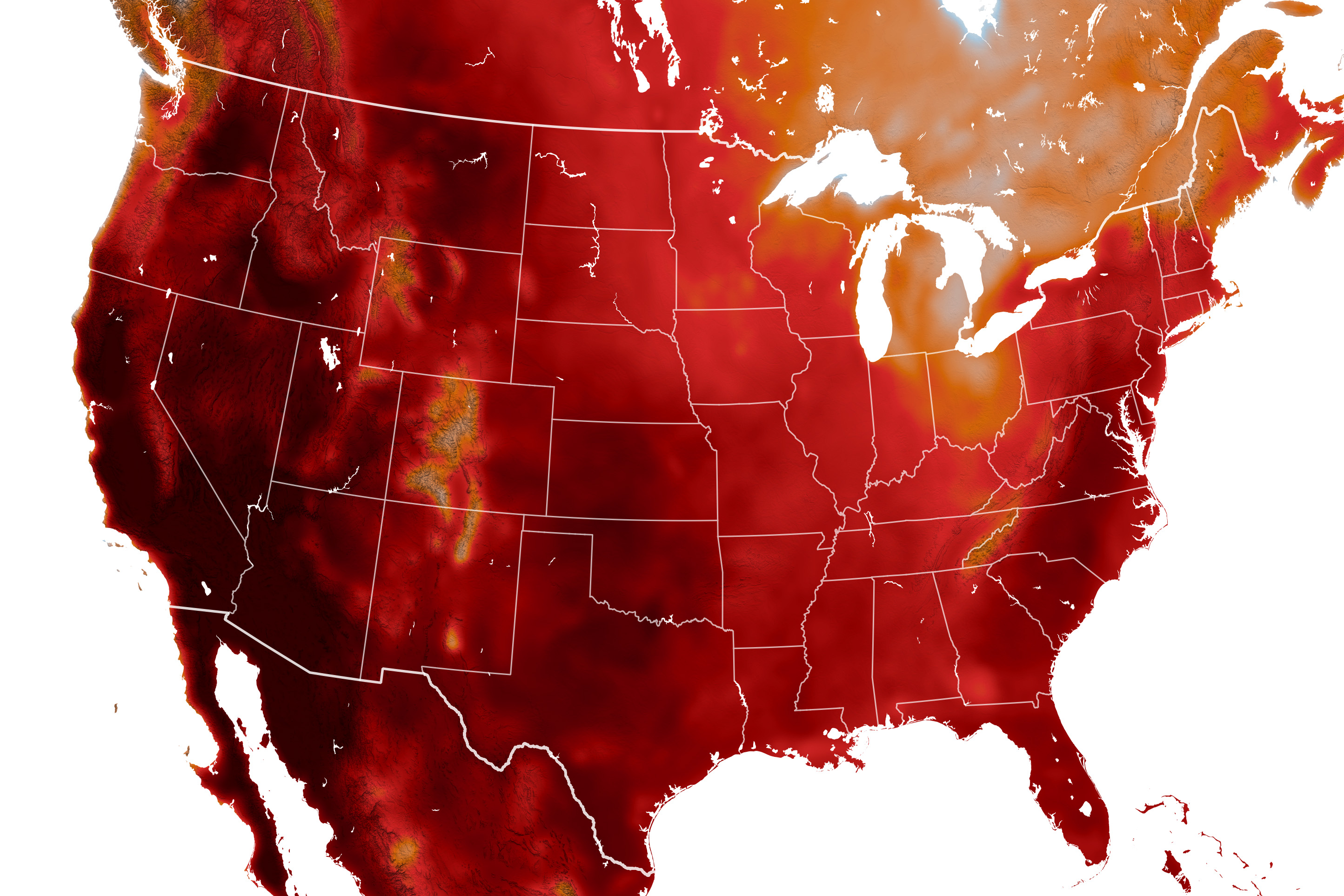

Extreme Heat Waves in Europe and North America (2023-2024)
Introduction
Over the past two years, record-breaking heat waves have gripped Europe and North America, pushing temperatures to unprecedented levels. Cities from Athens to Phoenix have faced relentless heat, leading to water shortages, destructive wildfires, and severe public health crises. These extreme events are a sobering reminder of how climate change is amplifying natural weather patterns and testing the resilience of communities worldwide.
Understanding the Cause
At the root of these events lies the warming planet. Greenhouse gas emissions from burning fossil fuels have trapped heat in the atmosphere, raising global temperatures. This warming intensifies heat waves, making them more frequent, prolonged, and severe. In urban areas, the "heat island effect" compounds the problem, as asphalt and concrete absorb and retain heat, creating dangerously high temperatures.
What’s Happening Now
In 2023 and 2024, regions like Southern Europe and the southwestern United States saw heat waves reaching and exceeding 120°F. These events strained power grids as air conditioning usage soared, depleted water resources critical for agriculture, and forced outdoor laborers to work under hazardous conditions. Public parks and rivers dried up, and heat-induced wildfires destroyed homes and ecosystems, leaving a trail of devastation.
Efforts to Resolve the Crisis
Governments and organizations have mobilized to address these challenges. Heat action plans in cities like Paris and Los Angeles provided cooling shelters, public hydration stations, and heat warnings. Infrastructure investments have focused on increasing urban green spaces and reflective roofing to reduce heat absorption. Internationally, climate conferences emphasized reducing carbon emissions and enhancing renewable energy adoption.
The Impact on Lives
The human toll of these heat waves is profound. Vulnerable populations—children, the elderly, and those with chronic illnesses—are disproportionately affected. Economic losses are staggering, as agriculture suffers from heat-stressed crops and businesses close during peak temperatures. Communities are left grappling with health issues such as heat exhaustion, respiratory problems, and the psychological toll of living through climate disasters.
Building a Resilient Future
To prevent such crises from escalating, we must act decisively. Urban planning needs to prioritize green infrastructure, such as tree canopies and permeable pavements, to reduce urban heat. Investments in renewable energy and the phase-out of fossil fuels are crucial to curbing global warming. Community education about heat safety and equitable access to cooling solutions will also be essential.
Conclusion
The extreme heat waves of 2023-2024 remind us of the urgency to confront climate change. By adopting sustainable practices and enhancing climate resilience, we can protect our communities from the escalating threats of a warming world.
Click the button above to support our movement towards environmental justice!